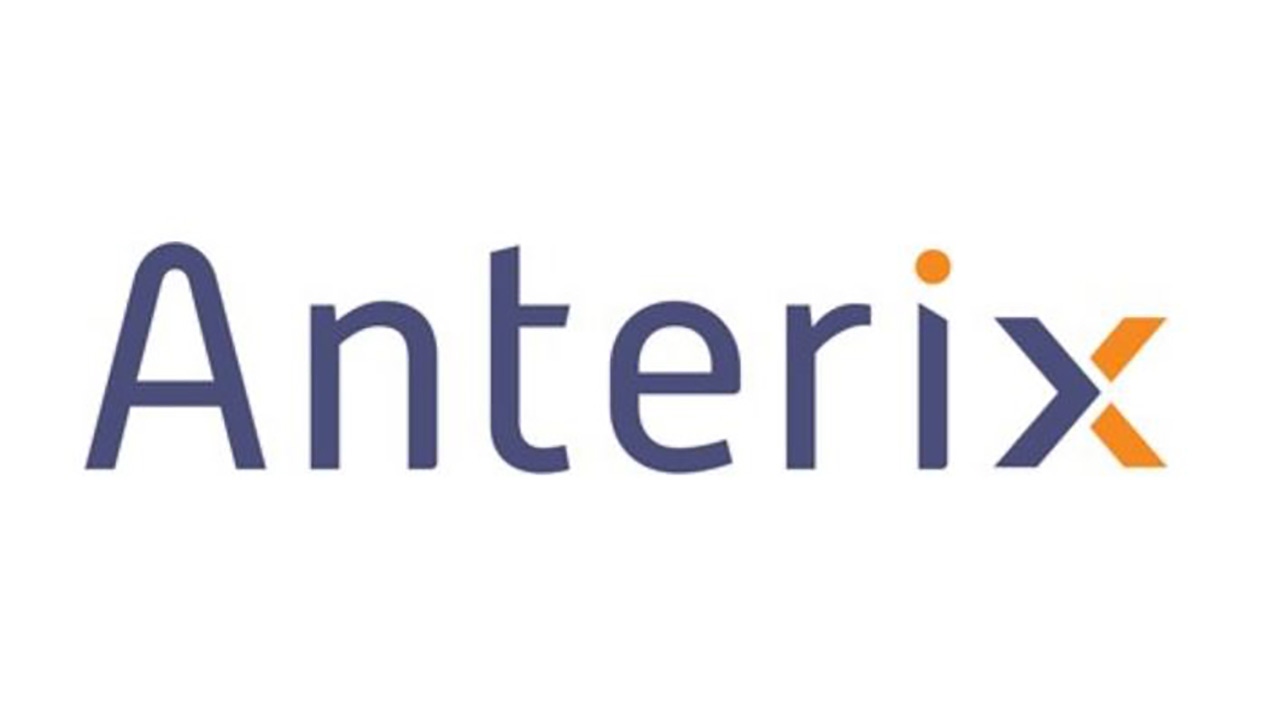Nokia, Motorola Solutions announce utility-centric agreements with AnterixNokia, Motorola Solutions announce utility-centric agreements with Anterix

Nokia and Motorola Solutions recently announced agreements with Anterix that are designed to help provide private LTE networks to utilities and other critical-communications customers leveraging the 900 MHz broadband spectrum primarily licensed to Anterix.
Anterix COO Ryan Gerbrandt said the announcements are a reflection of the growing ecosystem that Anterix is developing that is designed to encourage vendors to develop solutions using the 3×3 MHz swath of 900 MHz that the FCC approved for private LTE systems last year for critical-infrastructure use.
“There’s a convergence here of megasectors, which I think is an extremely intriguing place to be,” Gerbrandt said during an interview with IWCE’s Urgent Communications. ““Both of these companies have rich histories in the utility space, but this technology [LTE] doesn’t. Being able to bring that carrier-grade technology experience into the vocabulary and the use case of utilities, I just see these two industries coming together in a great way.
“We see our role as a leader, in terms of trying to help make that happen. It’s been a big part of how we’ve tried to build out our organizations and our capabilities, really leaning in on both our heritage from the Nextel side—as an operator—with the deep capability now in the utility domain. We see a role, in terms of continuing to facilitate and help bring all of this together in a way that only increases the outcomes for all of us and, ultimately, for the utilities and their customers.”
Scott Schoepel, Motorola Solutions’ vice president for global enterprise, said the LTE capabilities enabled by the existence of the 900 MHz broadband spectrum made available by Anterix provides an opportunity for the vendor to expand its relationships with utilities.
“To build on what we’re doing with mission-critical, redundant, reliable and secure wireless today in the narrowband space, but doing that same thing in the broadband space, to augment beyond voice capability to video and data … I think it’s a great opportunity for our customers,” Schoepel said during an interview with IWCE’s Urgent Communications. “We’re looking forward to working with Anterix and the ecosystem to go solve those problems and drive some value for our customers.”
Nokia does not have the LMR roots with utilities like Motorola Solutions, but the company has been anxious to provide private broadband solutions to the sector, according to Ken Rabedeau, Nokia’s chief technology officer for the transportation, energy and public sector. The emergence of the 900 MHz broadband swath through Anterix has made those desires more realistic, he said.
“At Nokia, we’ve had a lot of interest in the private LTE or private wireless markets for a while to get more bandwidth.,” Rabedeau said during an interview with IWCE’s Urgent Communications. “One of the traditional issues that we’ve had in this space—for energy customers, in particular—is access to a good anchor spectrum.”
As a result, utility companies can build a broadband network that can support multiple applications simultaneously, instead of having to “piecemeal their command-and-control networks together” across disparate systems that leverage multiple narrowband frequencies, Rabedeau said.
“Now, they can actually use multiple applications over a single network, and they can do it over a closed environment, where they can correlate it across the different applications,” he said. “For Nokia, having a broad portfolio that services all of those digital transformations and applications, being able to position all of our product line across that over the Anterix spectrum is a good partnership.
“There’s a lot of aging wireless networks that are out in the utility infrastructure … There are sometimes seven, eight, nine or 10 different wireless technologies. Being able to consolidate those onto a single spectrum—or a couple of spectrum [swaths]—and use an LTE network to secure all of that and do it a little more effectively, so they can get some extra modern security to go with it, I think is always a good thing.”
Gerbrandt agreed, noting that consolidating disparate applications onto a private LTE network—even one that also leverages CBRS spectrum at 3.5 GHz, as well as the 900 MHz swath—is proving to utilities like Ameren, which signed the first announced contract with Anterix earlier this year.
“I think what we’re going to find is, over time, you’re going to see the benefits of being able to consolidate down some of those networks,” Gerbrandt said. “For Ameren, that was one of their primary use cases. They have 14-plus disparate networks today—single-use, single-purpose networks—and they saw a benefit, both economically and technically, by being able to converge the capabilities of those networks.
“Once you have a true platform with the capabilities of LTE—based on the technologies from these companies—you know that you’re going to be able to drive that forward integration in a more seamless way as you look to the next 10, 15 or 20 years.”
When asked about the future of legacy SCADA systems that have been used by utilities for years, there was consensus that a migration to LTE-based technology, but the migration likely will not be completed in the near term.
“It’s a migration that will happen,” Motorola Solutions’ Schoepel said. “I think part of what we’re driving is tools to make that integration happen, including LMR and LTE interoperability, with one of our core competencies in LMR. We’re bringing that together, so you can still leverage your mission-critical, reliable, redundant LMR system with LTE but share information—certainly push to talk, but other data information, as well—between them.
“The same thing goes with the analytics platforms that we have—the ability to take multiple data sources, bring them together, ease that transition and make it somewhat transparent as we go forward. I think ultimately, the use cases and the business value will drive the speed of adoption in the migration.”
Nokia’s Rabedeau said he believes that utilities should be comfortable migrating such critical applications to LTE, given the global development of the technology.
“In the last 10 years or so, we have found ways to be able to carry that kind of [SCADA] traffic over packetized networks—IP networks. We’ve also found ways to secure them,” Rabedeau said. “This has been a well-adopted technology by carriers for 15-plus years. It’s well-vetted, it has best practices, and we can carry a lot of legacy control traffic in a safe and reliable manner. And when you look at utilities, they’re trying to deliver safe, reliable power to customers—power is still the king, and you need communications to be able to deliver that.
“In terms of the evolution, you’re starting to see the SCADA systems are evolving to the packet-based networks, and all that does is allow us to build more reliable, more efficient SCADA systems. As they move to the cloud and adopt newer technologies, I think that you’re going to see the efficiency of deploying an LTE network as an asset is going to increase the efficiency for the utility, rather than cause any kind of angst for moving over.”





